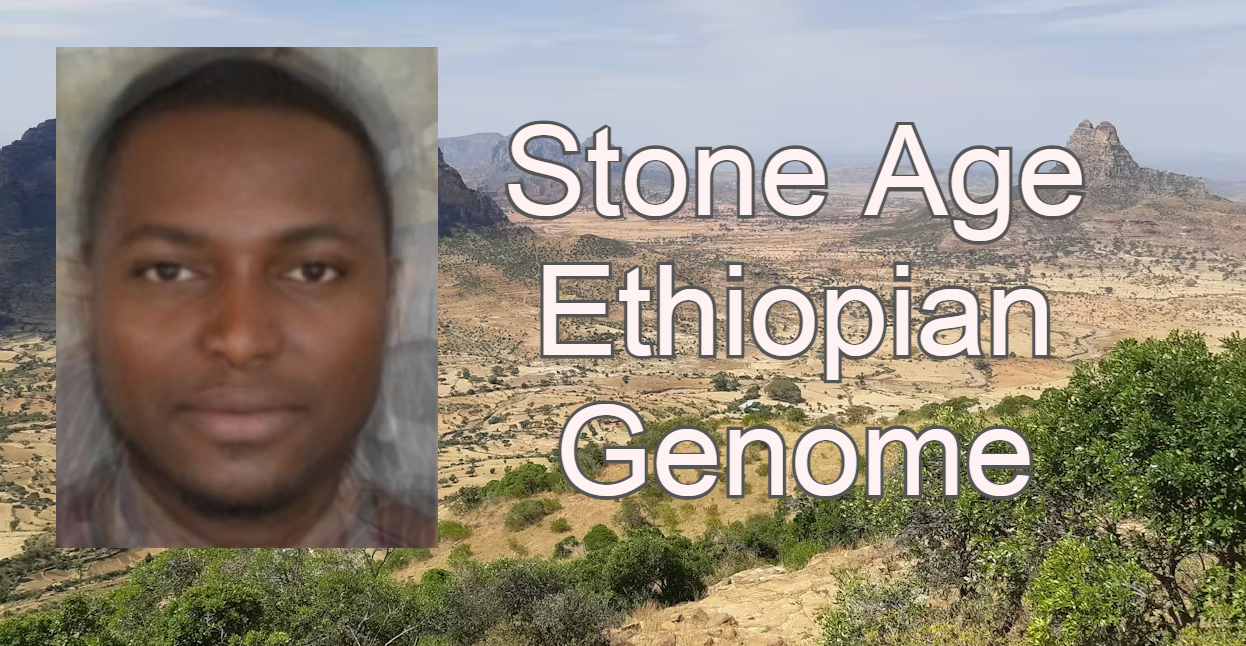
Mota Ethiopian Hunter Gatherer
Mota is the name given to a male hunter-gatherer whose remains were discovered in the Mota Cave in the Gamo Highlands of southwestern Ethiopia. Dated to approximately 4,500 years ago, the Mota individual is one of the most significant ancient human remains found in Africa, as it provides valuable insights into the genetic history of early African populations. The Mota genome was the first ancient African genome to be fully sequenced, offering a rare glimpse into the genetic makeup of a pre-agricultural population in East Africa.
Genetically, the Mota individual was closely related to modern-day populations in the Horn of Africa, particularly those from Ethiopia. His genome revealed a high degree of continuity with contemporary African groups, suggesting that the inhabitants of this region have maintained a relatively stable genetic profile over thousands of years. However, the Mota genome also lacked genetic signatures associated with later migrations, such as the influx of Eurasian ancestry into East Africa that occurred after the Neolithic period. This makes the Mota genome particularly valuable for understanding the genetic landscape of Africa before these significant later migrations.
The study of the Mota genome has also provided important insights into the health and lifestyle of ancient hunter-gatherers in East Africa. For example, the genome showed that the Mota individual had genetic adaptations for high-altitude living, which is consistent with the mountainous region where he lived. Additionally, his genetic profile indicated that he had a lower risk of certain diseases that became more common with the advent of agriculture and settled life. The Mota individual's genome, therefore, not only sheds light on the deep genetic history of East Africa but also offers a window into the health and environmental adaptations of ancient hunter-gatherers in the region.
